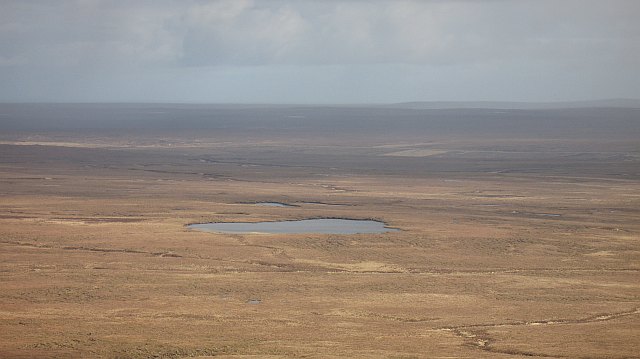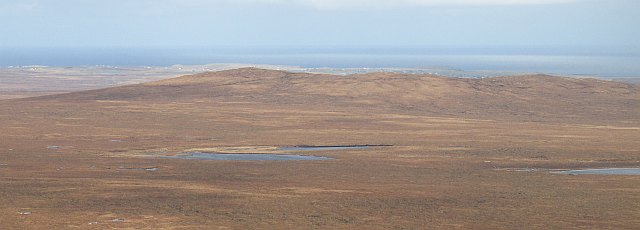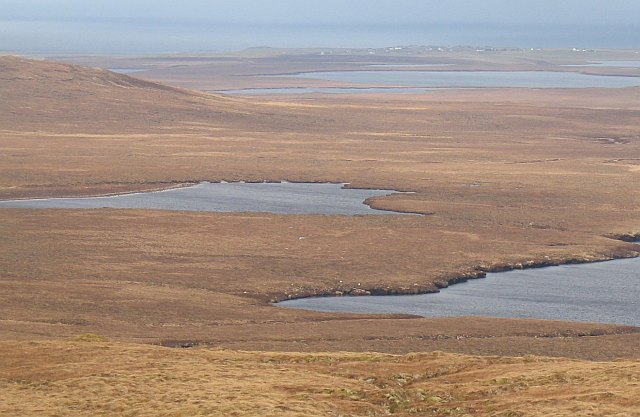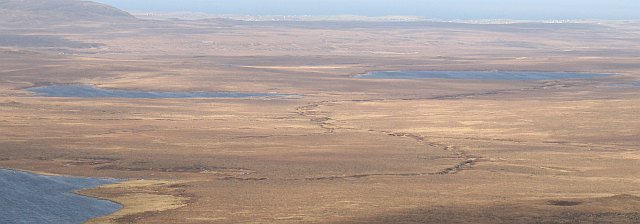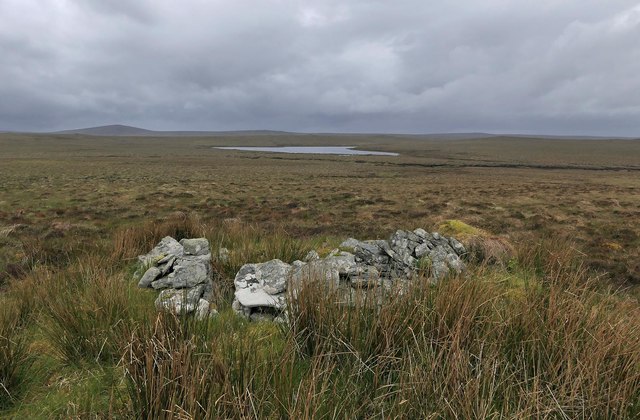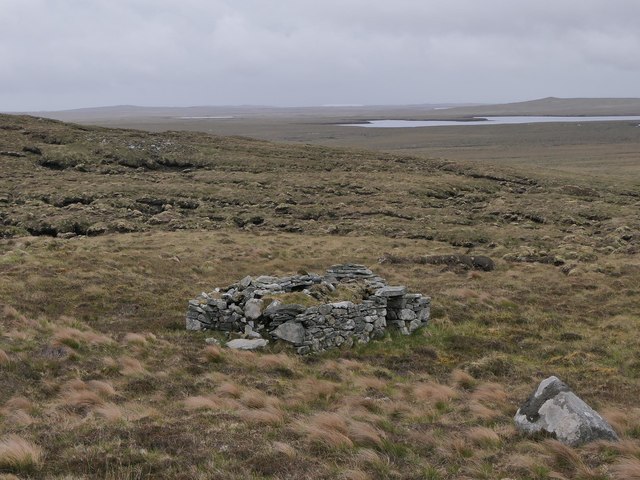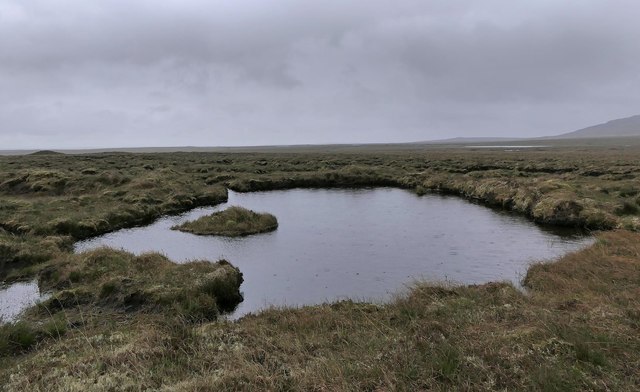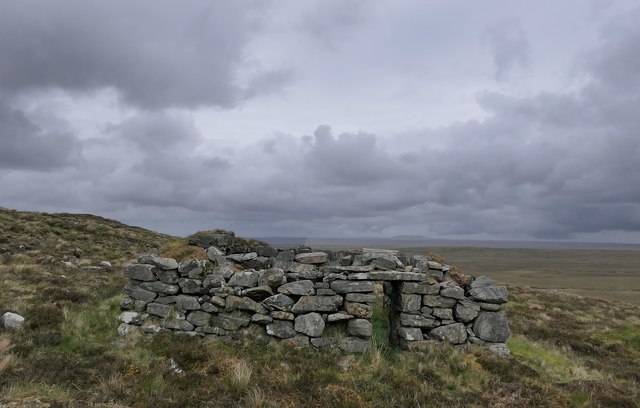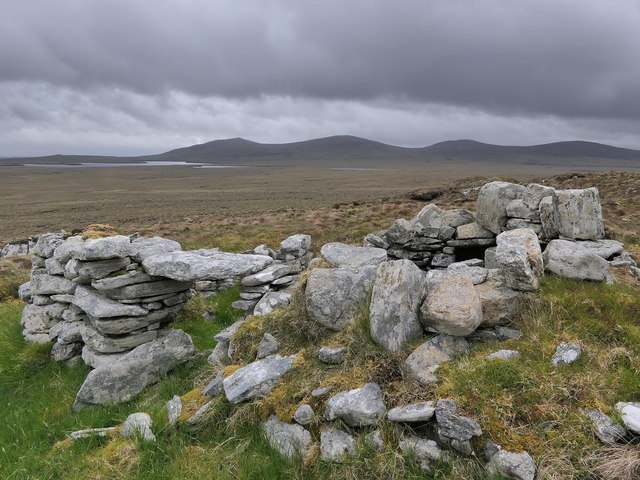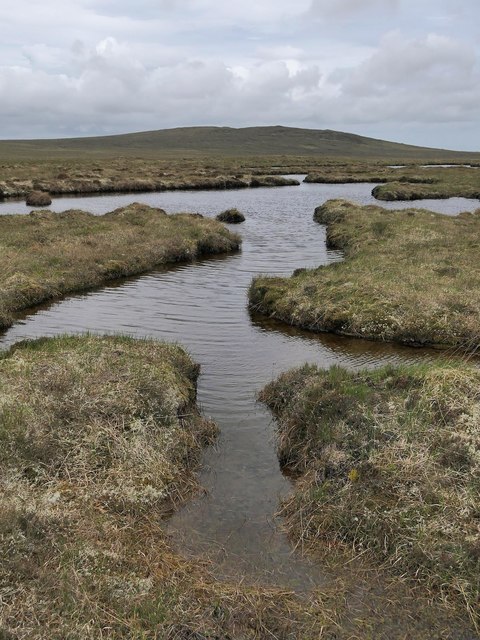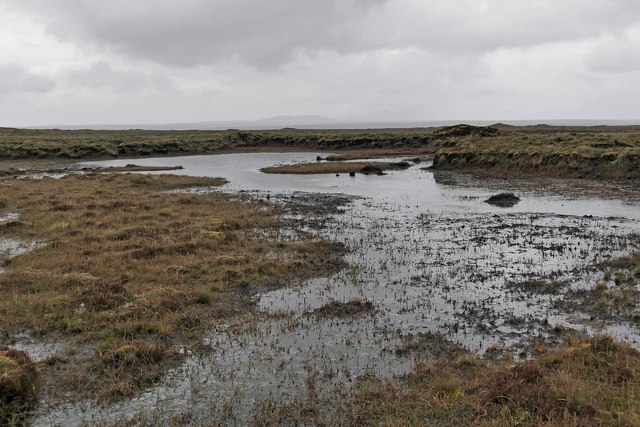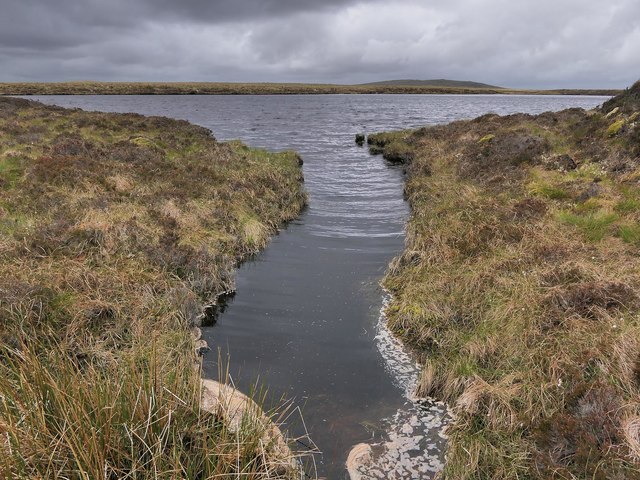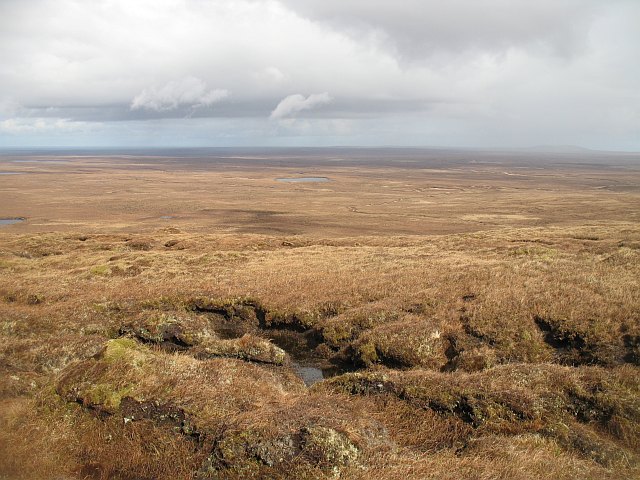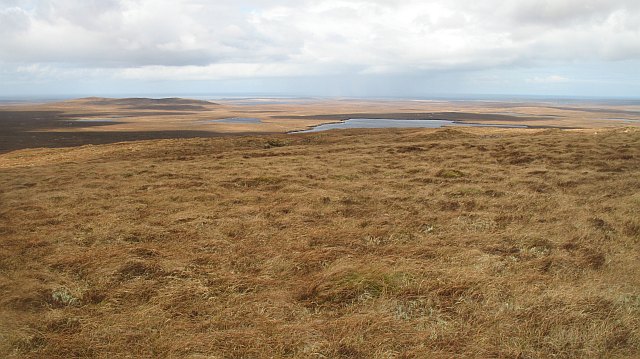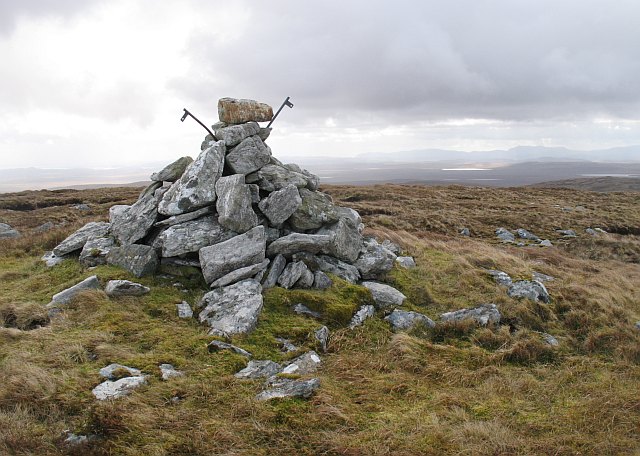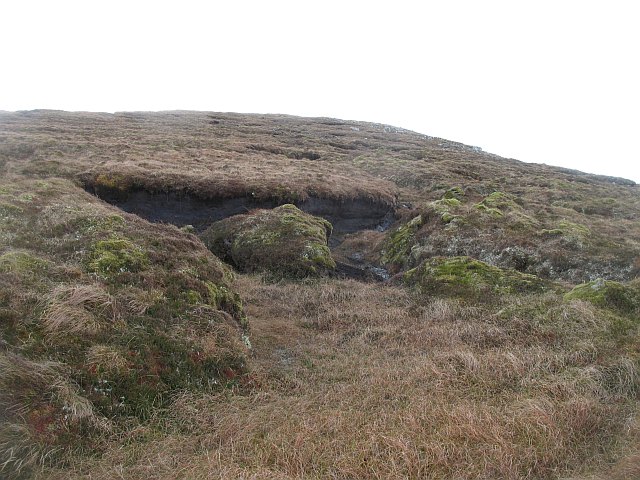Loch Dubh an Duine
Lake, Pool, Pond, Freshwater Marsh in Ross-shire
Scotland
Loch Dubh an Duine
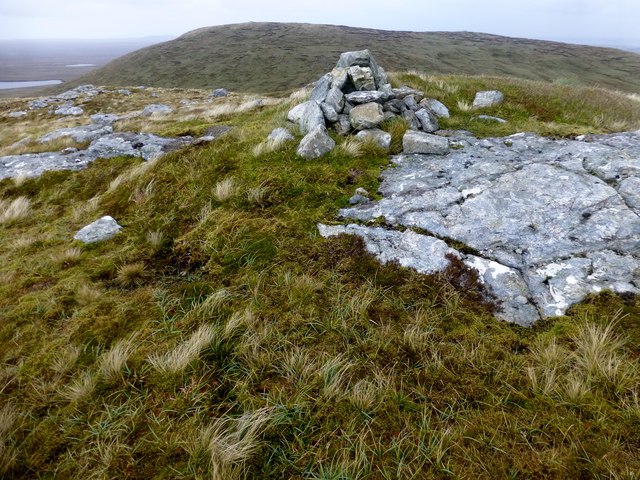
Loch Dubh an Duine is a small freshwater loch located in Ross-shire, Scotland. The loch is surrounded by lush greenery and rolling hills, creating a picturesque and tranquil setting. The name "Loch Dubh an Duine" translates to "the dark loch of the man" in Gaelic, adding to the mysterious and enchanting atmosphere of the area.
The loch itself is relatively small, with a surface area of approximately 5 acres. It is fed by a small stream that flows into the loch from the surrounding hills. The water in the loch is clear and pristine, providing a habitat for a variety of freshwater fish and aquatic plants.
Loch Dubh an Duine is a popular spot for fishing enthusiasts, who come to try their luck at catching trout and perch in the crystal-clear waters. The loch is also a haven for birdwatchers, with a variety of bird species making their home in the surrounding marshland.
Visitors to Loch Dubh an Duine can enjoy peaceful walks along the shore, taking in the stunning views of the surrounding countryside. The tranquility and natural beauty of this hidden gem make it a must-visit destination for nature lovers and outdoor enthusiasts alike.
If you have any feedback on the listing, please let us know in the comments section below.
Loch Dubh an Duine Images
Images are sourced within 2km of 58.273722/-6.5183071 or Grid Reference NB3540. Thanks to Geograph Open Source API. All images are credited.

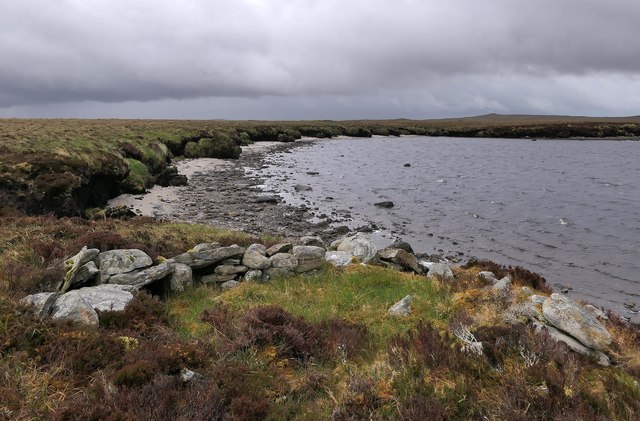
Loch Dubh an Duine is located at Grid Ref: NB3540 (Lat: 58.273722, Lng: -6.5183071)
Unitary Authority: Na h-Eileanan an Iar
Police Authority: Highlands and Islands
What 3 Words
///topples.ranted.departure. Near Stornoway, Na h-Eileanan Siar
Nearby Locations
Related Wikis
Lewis Peatlands
Lewis Peatlands (Scottish Gaelic: mòinteach Leòdhais) is a large area of blanket bog covering more than one third of the Isle of Lewis, off the west coast...
Newvalley, Lewis
Newvalley (Scottish Gaelic: An Gleann Ùr) is a hamlet on the Isle of Lewis in the Outer Hebrides, Scotland. Newvalley is within the parish of Stornoway...
West Side, Lewis
The West Side (Scottish Gaelic: An Taobh Siar) is the name used for the (predominantly Gaelic-speaking) settlements along the NW coast of the Isle of Lewis...
Marybank, Lewis
Marybank (Scottish Gaelic: Bruach Màiri, IPA:[ˈpɾuəxˈmaːɾʲɪ]) is a settlement on the outskirts of Stornoway, Isle of Lewis in the Outer Hebrides of Scotland...
Have you been to Loch Dubh an Duine?
Leave your review of Loch Dubh an Duine below (or comments, questions and feedback).
